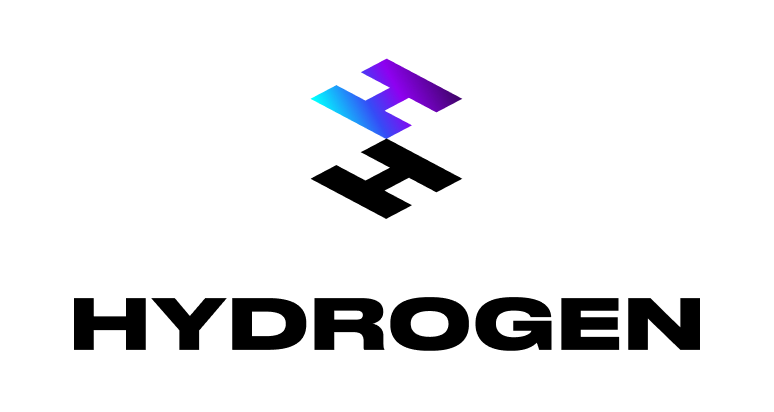What is Composable Commerce?
Discover practical examples and insights from FocusReactive's experience in building flexible, scalable, and innovative eCommerce platforms.

Understanding Composable Commerce
Composable commerce refers to the architectural approach of using modular, interchangeable components to build a custom e-commerce platform. Unlike traditional monolithic systems, composable commerce allows businesses to select best-of-breed solutions for various functionalities such as product management, cart services, checkout processes, and customer engagement tools. This approach is perfect to assembling a puzzle where each piece is specifically chosen to fit the unique needs of the business.
Composable Commerce vs. Headless Commerce
Before diving into the benefits and drawbacks, it’s essential to clarify the difference between Composable commerce and Headless commerce.
Headless commerce
This approach decouples the front-end presentation layer from the back-end e-commerce functionality. While it offers significant flexibility in terms of user experience, it often relies on a single back-end system, limiting the customization of back-end components.
Composable commerce
This extends beyond headless commerce by not only decoupling the front-end and back-end but also modularizing every aspect of the eCommerce platform. Businesses can mix and match various microservices and applications, creating a truly bespoke solution.
Advantages of Composable Commerce
Flexibility and Customization
With composable commerce, businesses are not tied to a single vendor or platform. They can choose the best tools for each function, ensuring optimal performance and features tailored to their specific needs.
Scalability
As businesses grow, their e-commerce needs evolve. Composable commerce allows for easy scalability by adding or upgrading individual components without disrupting the entire system.
Speed to Market
By using pre-built components, businesses can significantly reduce development time. This approach is great for rapid experimentation and deployment of new features, providing a competitive edge in the market.
Cost Efficiency
Although initial setup costs might be higher, the long-term benefits of avoiding vendor lock-in and paying only for the services used can result in substantial cost savings.
Innovation
The modular nature of composable commerce fosters innovation. Developers can quickly integrate new technologies and third-party services, keeping the platform at the forefront of industry trends.
Disadvantages of Composable Commerce
Complexity
Managing multiple components and making sure they work seamlessly together can be challenging. This complexity requires modern integration and management capabilities.
Initial Setup and Cost
The initial setup of a composable commerce platform can be time-consuming and costly. It requires careful planning and expertise to select and integrate the right components.
Vendor Management
Relying on multiple vendors means managing different service agreements, updates, and support channels. This can be cumbersome and requires a dedicated effort to maintain.
Security Concerns
With more components and vendors involved, the security landscape becomes more complex. Making sure that each component meets security standards and integrates securely is paramount.
Practical Examples and Use Cases
Large Retailers
A large retailer might use a composable commerce approach to integrate a cutting-edge recommendation engine from one provider, a modern search functionality from another, and a flexible CMS for content management. This allows them to deliver a highly personalized shopping experience while maintaining control over each component.
Niche Marketplaces
A niche marketplace can benefit from composable commerce by selecting specialized payment gateways that cater to their specific audience, integrating advanced analytics tools, and using bespoke customer service solutions to enhance user satisfaction.
Global Enterprises
For global enterprises operating in multiple regions, composable commerce enables the use of region-specific solutions for payment processing, logistics, and marketing automation, making sure it coincides with local regulations and preferences.
Conclusion
Composable commerce represents a paradigm shift in the eCommerce landscape, offering unprecedented flexibility, customization, and innovation potential. However, it also comes with its own set of challenges, particularly in terms of complexity and initial setup costs. For businesses willing to invest in a modern integration strategy and capable of managing multiple vendors, the long-term benefits can be substantial.
At FocusReactive, we’ve seen firsthand how composable commerce can transform eCommerce platforms, providing our clients with the agility and scalability needed to stay ahead in a competitive market. As the technology continues to evolve, staying informed and prepared to adapt will be crucial for leveraging its full potential.
If you are planning to migrate to Composable Commerce - feel free to contact us and we would be happy to have a free consultation with you around the project you have in mind.








